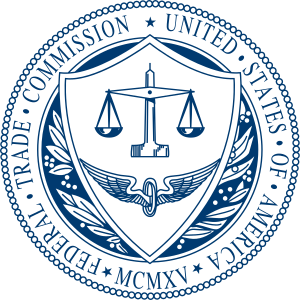Happy Canada Day from the CRTC
As anticipated, the CRTC took a long-awaited step towards Canada's Anti-spam Law coming into force; regulations designed to help define the scope and impact of the law were published late afternoon, June 30. They are available in their full form here: http://www.crtc.gc.ca/eng/archive/2011/2011-400.htm
They are quite terse, coming in at less than 440 words. CAUCE will comment here in due course, but for your instant gratification, here they are:
The proposed regulations prescribe the form and certain information to be included in a CEM. They establish that a CEM must set out information that identifies the sender of the message and, if different, the person on whose behalf the message is sent, as well as, if applicable, the names of those persons’ businesses. The CEM is also to include information that would enable the recipient to readily contact such persons. Further, the proposed regulations prescribe that this information, as well as the unsubscribe mechanism, be set out clearly and prominently.
The proposed regulations also specify a particular form by which information relating to the sender of the message and the unsubscribe mechanism may be accessed, in circumstances where it is not practicable to include such information in a CEM, for instance, because of character limitations.
Section 6 of the Act prohibits the sending of a CEM unless there is express or implied consent from the recipient of that message. Section 7 of the Act prohibits, absent express consent, the alteration of transmission data in an electronic message which results in the message being delivered to a different destination. Section 8 of the Act prohibits the installation of a computer program unless express consent has been obtained. The Commission’s proposed regulations prescribe the form of a request for express consent for the purposes of subsections 10(1) and 10(3) of the Act. More specifically, the proposed regulations stipulate that any request for express consent must clearly identify the person seeking consent and, if different, the person on whose behalf consent is sought, and, if applicable, the names of those persons’ businesses. In addition, it is proposed that contact information be included for such persons, and further, that there be a requirement to include a statement which states that consent may be withdrawn using the contact information provided.
The focus of the final segment of the proposed regulations is the installation of computer programs in the course of a commercial activity, which, as noted above, is addressed in section 8 of the Act. The proposed provisions prescribe that additional information be provided when requesting express consent if a computer program that performs a function set out in subsection 10(5) of the Act is to be installed. In such circumstances, the proposed regulations prescribe the manner in which the computer program’s material elements must be brought to the attention of the person from whom consent is being sought, and further establish that the person seeking consent must obtain a written acknowledgement from the person from whom consent is sought that they understand and agree that the program performs the specified functions.


















